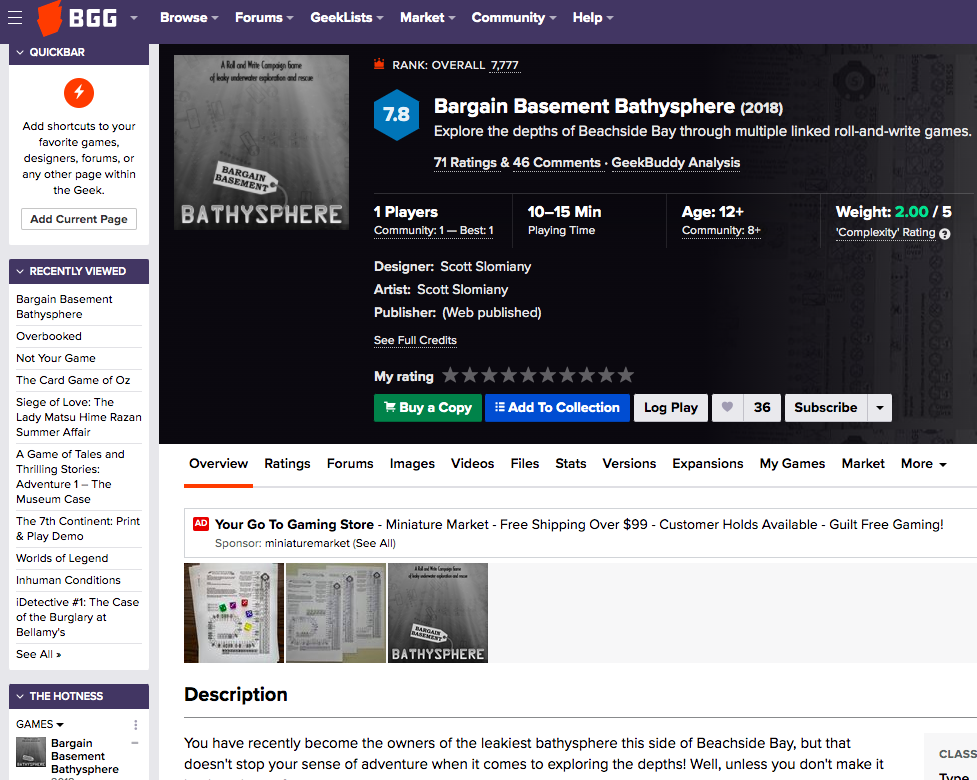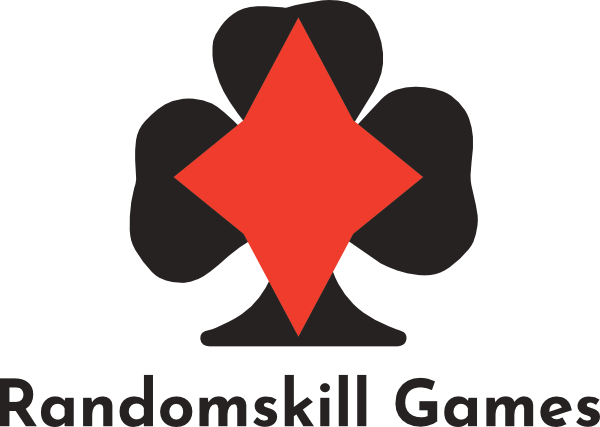I hope you have taken the necessary precautions to avoid the pitfalls that I have mentioned in my previous blog entry.
From my discussion in Part 2 of the series, I have advocated the pragmatic approach in designing a board game whereby I talked about taking the path of the least resistance to get your games published first before being creative and experimental.
What exactly is the path of least resistance?
Let’s use a test or an examination as an analogy to better explain this.
When studying for a test, what is the most efficient way to get you the highest possible points?
Spot questions and you might be handsomely rewarded if you get it right. High risk but great returns and probably worth a try.
In this entry, I want to talk about spotting a trend and how that can help you accelerate your path to publication.
For the past few years, the popularity of roll-and-write has been exploding. By exploding, I mean an exponential increase on a path that is much faster than any other category. To put things in perspective, in 2015 there were 11 roll-and-write releases and the number has ballooned to 118 in 2019. This category has grown more than 10 folds in 4 years.
With so much demand for roll-and-writes, your chances of getting your game design published is definitely going to be higher if you, too, jump on the bandwagon as a game designer.
How best can you spot a trend?
One way is to look up “The Hotness” list on Boardgamegeek.com. This list is usually filled with (a) games released by designers with massive followings, (b) massive Kickstarter campaigns, (c) Kennerspiel des Jahre winners or (d) the most talked about classics.
I do not know exactly how the algorithm works behind the scene but it can definitely generate some kind of a reference to spot if a specific category is trending.
Often times, these are meaningless information since you are incapable of following the trend to design another Frosthaven in a few weeks’ time. However, there are times, like in a global pandemic, in which a truly unique global trend is generated and a path of least resistance might be carved out for you. This is something you can leverage on. An example can be cited from a recent trend. Amidst the global pandemic and stay-home orders, some of the solitaire Print-and-Plays (PNPs) were trended on “The Hotness” list with “Bargain Basement Bathysphere” right at the top on 5th May 2020.
Although solitaires are not particularly desirable in the eyes of publishers (I only know of a handful of publishers who actively publish solitaires), they might be forced to change their perspectives with the impending recession and social distancing on the horizon. This might also signify the favoring of game designs with solo mode/variant (a shout-out to Automa Factory!) by publishers.
Making full use of this information, you can probably start to dabble with solitaire designs or add a solo mode to the game designs that you already have to increase your chance of being signed by publishers.
What are some of the games with the best solo mode/variant? I would love to hear from you and add to my Christmas list.
Link to the “So you think you can be a board game designer” Series -> Compilation








2 Responses
The flaw in this approach is by the time a trend is established your already behind the curve. If you say an average of year to design and develop a game let alone the time to print market and publication, the current trends are past.
It also depends on what your intention is. If it’s to make money (that I feel few designers true intention is) then trying to figure the up and coming trend may be right. If it’s to design your passion who cares, if you hit it big great, if you create something only 10 groups play that still a massive achievement.
Yes, I cannot agree more that you will always be behind the curve. However, if you spot a trend on a larger scale and has an extended time frame, like in the example that I have provided, you might still be able to “catch up”.
Like what you have mentioned, intention is the key here. I am trying to help designers with the intention to make money out of their design. I guess having an income from what you love doing is better than paying money out of your own pocket for every game that you design. I do acknowledge that there are a lot of people doing this for fun as passion projects and I love the fact that they are contributing to the community out of passion. If I can just help them translate their passion into some extra income especially in a testing time like this, I think I have accomplished what I originally intended this blog series to achieve. Thanks for dropping by and commenting! Really appreciate it!